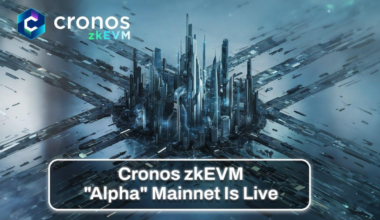Australian software engineer Anthony Guerrera recently made waves in the cryptocurrency community by forking the Ordinals protocol to Litecoin, the world’s second-ever cryptocurrency network.
This allows for non-fungible token (NFT)-like assets on the Litecoin network, similar to what has already been accomplished with Bitcoin.
Guerrera said he was motivated to create a Litecoin Ordinal fork due to a monetary bounty posted by the pseudonymous Twitter user Indigo Nakamoto.
The bounty initially offered 5 LTC, which later rose to 22 LTC (approximately $2,000) for the first person to successfully create a fork.
Using his coding skills and knowledge of Litecoin’s Taproot and SegWit protocols, Guerrera was able to complete the fork in about a week.
He updated the Ordinals code to work with inputs from the Litecoin network instead of the Bitcoin network, accounting for parameters that differed between the two blockchains.
One point of concern among Bitcoiners is the block space that Ordinals take up on the network, as their data size is far greater than transactions.
However, Guerrera believes that this issue will not be as prominent on Litecoin due to its larger block size.
In a tweet, Guerrera announced that he had inscribed the first-ever Litecoin Ordinal, placing the MimbleWimble whitepaper onto the blockchain in the so-named “inscription 0.”
This is significant in light of the May 2022 Mimblewimble Extension Blocks (MWEB) upgrade that allows Litecoin users to opt-in to confidential transactions and other blockchain improvements that can help reduce excess and unnecessary transaction data.
Guerrera hopes that by dedicating the first inscription to the MWEB upgrade, he will make people aware that Litecoin now has this privacy sidechain attached to it.
Overall, his work on the Litecoin Ordinal fork is a notable achievement that could have interesting implications for the future of crypto.



